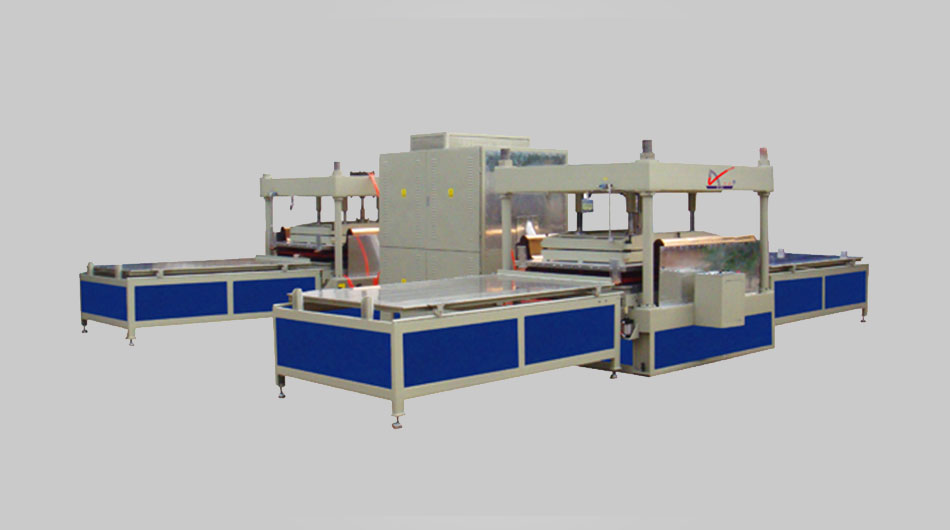

0086-15168150475
sunny@davison-machinery.com/davison@dongxiong.com
The principle of ultrasonic plastic welding is that the […]

Components of ultrasonic welding machine:
2. Riveting method
The ultrasonic welding head with ultra-high frequency vibration is pressed against the protruding tip of the plastic product, so that it instantly melts into a rivet shape, and the materials of different materials are mechanically riveted together.
3. Embedding
With the help of the welding head and proper pressure, the metal parts (such as nuts, screws, etc.) are instantly squeezed into the reserved plastic holes and fixed at a certain depth. After the completion, regardless of the pulling force and torque, it can be comparable to the traditional mold. The strength can avoid the defects of damage to the injection mold and slow injection.
4. Forming
This method is similar to the riveting welding method. The concave welding head is pressed against the outer ring of the plastic product. After the ultrasonic ultra-high frequency vibration of the welding head is melted, the plastic is melted and formed and covered with metal objects to fix it, and the appearance is smooth and beautiful. The method is mostly used in the fixation of electronics and speakers, and the fixation of lenses in cosmetics.
5. Spot welding
A. Welding the two pieces of plastic in a separate point does not require a pre-designed welding wire to achieve the purpose of welding.
B. For relatively large workpieces, it is not easy to design the welding line to carry out spot welding, and to achieve the welding effect, it can spot weld multiple points at the same time.
6. Cutting and sealing
Using the principle of ultrasonic instantaneous vibration, the chemical fiber fabric is cut, and its advantages are smooth and clean, without cracking or drawing. High-frequency and ultrasonic are two different concepts. High-frequency refers to electromagnetic waves with a frequency greater than 100Khz, and ultrasonic refers to sound waves with a frequency of more than 20 kHz. High-frequency welding principle and welding principle are also different from ultrasonic wave. High-frequency wave uses high-frequency electromagnetic field to make the molecules inside the material collide with each other to produce high temperature to achieve the purpose of welding and welding. Ultrasonic wave uses the principle of friction to generate heat. To achieve the purpose of welding and welding.